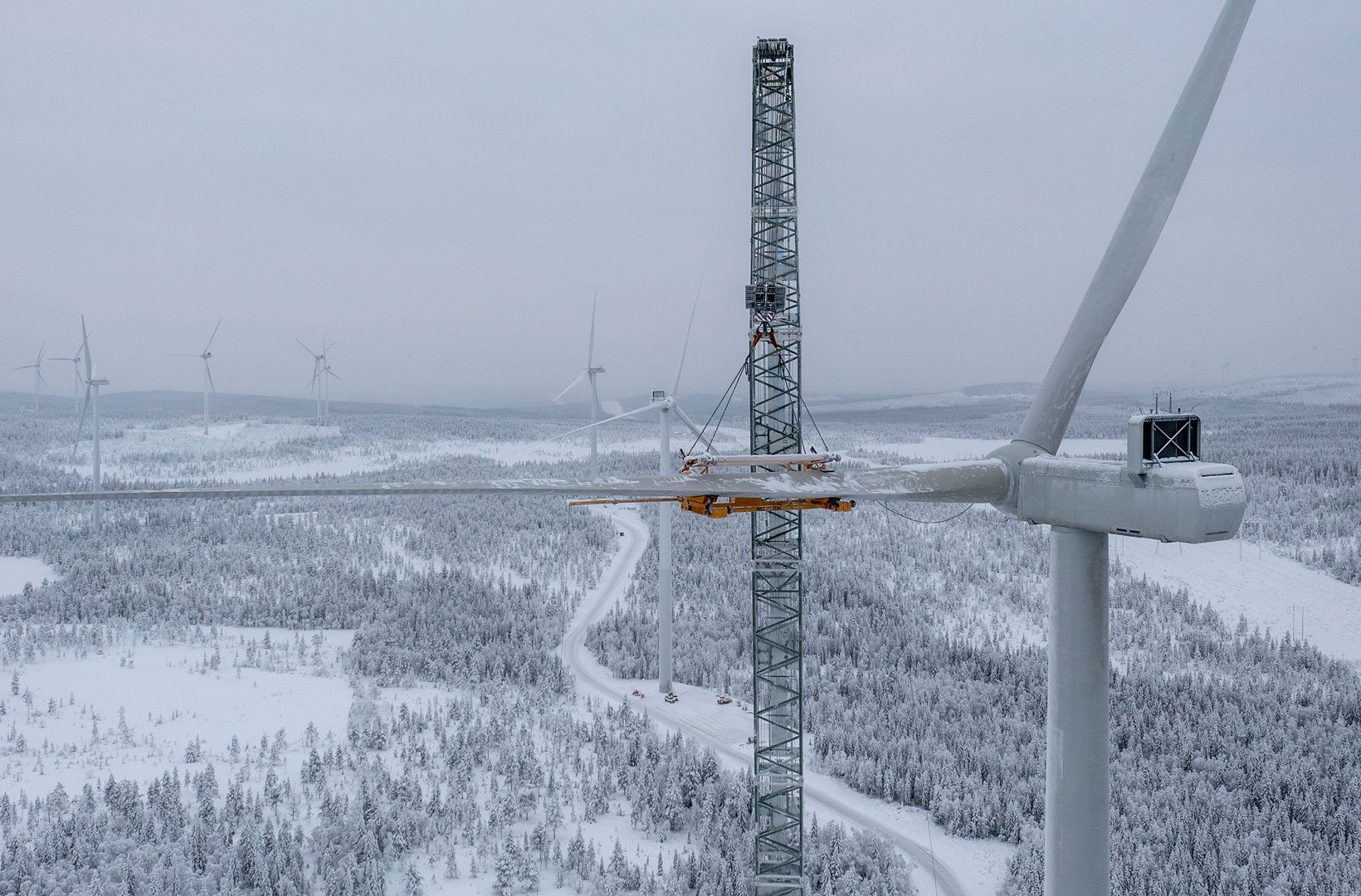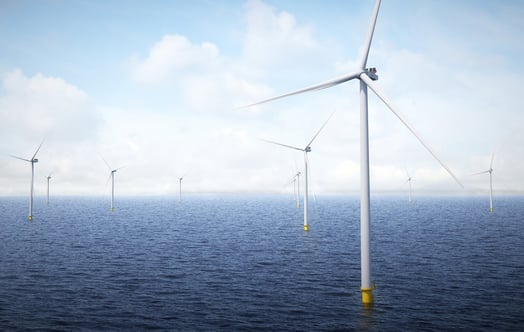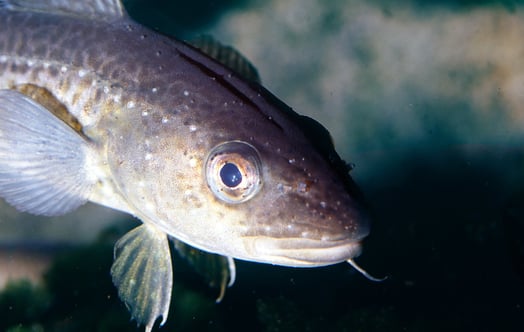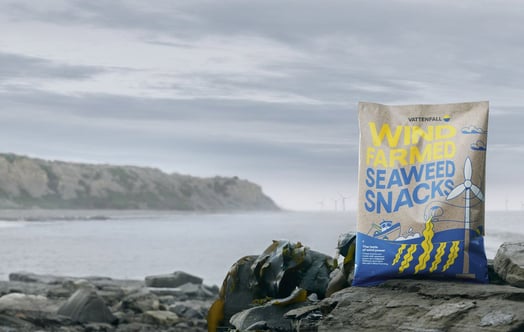
Vattenfall’s largest onshore wind farm to date is now complete. The last of the 84 turbines is now in place at Blakliden Fäbodberget in northern Sweden. The annual production of just over 1 billion kilowatt hours corresponds to the consumption of around 220,000 Swedish households.
In northern Sweden, the transformation and electrification of industry and mining is under way. A lot more electricity will be needed, and Sweden’s electricity consumption is expected to double by 2045. The Blakliden Fäbodberget wind farm, providing 1.1 TWh, will be an important part of this.
Construction of Blakliden Fäbodberget has now been under way for four years and in the past year around 800 components, of which 252 are rotor blades, have been transported to the wind farm, which is located in Åsele and Lycksele municipalities in Västerbotten in northern Sweden. The last turbines will soon be connected to the grid. After a trial period, the farm will go into commercial operation later this year.
"For the first three years, we were doing the groundwork for the installation and operation of the turbines in the wind farm,” says Kristoffer Arnqvist, Construction Project Manager. “We then built the transformer stations and foundations, built roads and laid out the electric cables on site. The past year, we've lifted the turbines into place and connected them to the electricity grid in parallel, bit by bit. We're very proud to see the last turbine being erected"
About 200 people are working in snow and freezing temperatures to complete the installation of the total 84 turbines.
"There’s been plenty of snow here, which makes things difficult on the site,” Arnqvist says. In recent weeks, the minus temperatures have varied greatly, sometimes to as low as -30 degrees. The cold makes the work more difficult for us, which makes these milestones in the project even more pleasing - it really is an achievement."
"We're seeing a huge need for fossil-free electricity throughout Sweden now and in the future, especially in the northern parts with the ongoing electrification of industries,” says Sandra Grauers Nilsson, Head of Onshore Wind Power at Vattenfall. “This is why we're extremely proud that we can already supply a significant volume of electricity to the grid. We now have another 15 projects in development in Sweden and I'm looking forward to enabling fossil-free living within one generation with onshore wind power,"
The Blakliden Fäbodberget wind farm is jointly owned by Vattenfall, Vestas and AIP Management.
Vattenfall currently operates a total of about 1200 wind turbines in Sweden, Denmark, Germany, the Netherlands and the UK, which generated about 11 TWh of electricity combined in 2020, equivalent to household electricity for almost 2.2 million (Swedish) households.
Facts
The Blakliden Fäbodberget Wind Farm.
- Total max capacity: 353 MW
- Est. annual production: 1.1 TWh
- Total height to rotor blade tip: 180 m.
- Vattenfall's ownership: 30%
- Planned commissioning: 2022



